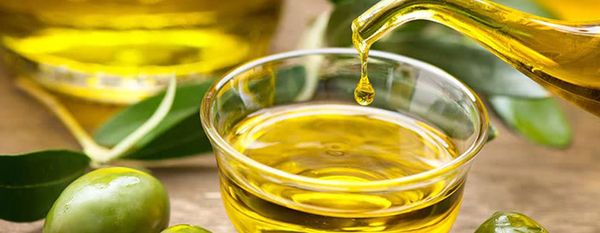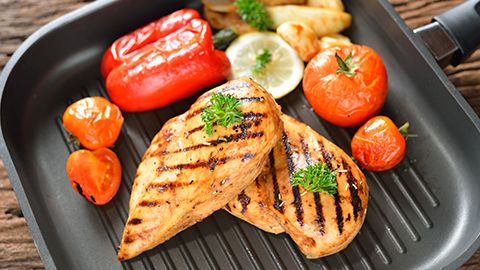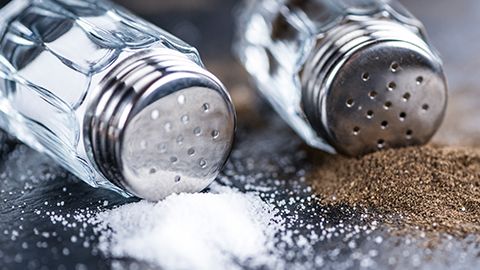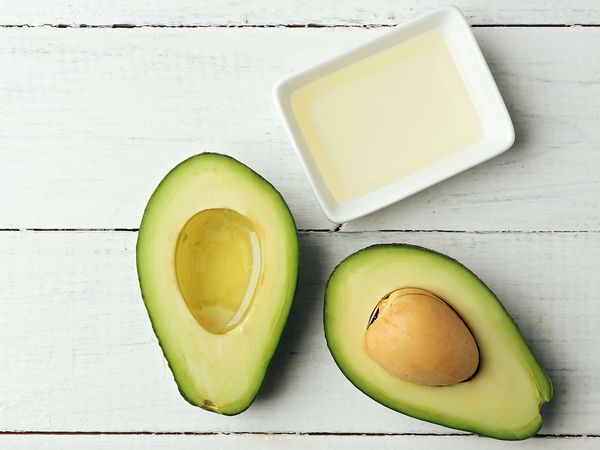
Avocado Oil (from Fruit)
Avocado Oil is usually vibrant to mellow green in colour and has a soft, nutty taste with a slightly fruity avocado aroma. High in potassium, Vitamin A, E and D and chock-full of good monounsaturated fats, this is an ideal oil to cook with. Its high smoking temperature of 271 degrees Celsius makes it perfect for all kinds of frying, from stir frying and searing to deep frying.
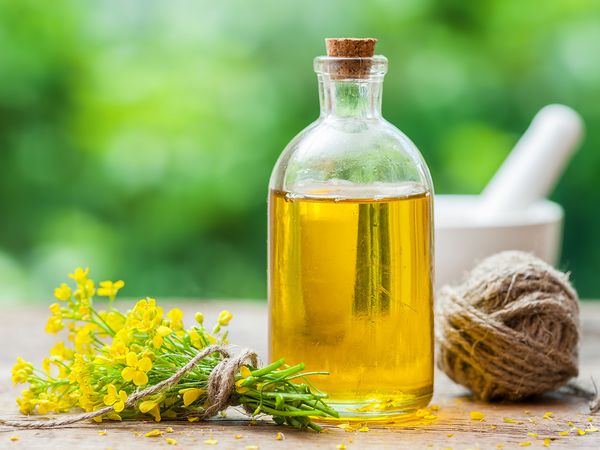
Canola Oil (from Seeds)
Golden coloured canola oil has a light and neutral flavour, and is generally considered an all-purpose oil. It is low in saturated fat, has a high smoke point and is generally affordable. Smoking point is 204 degrees Celsius, and it is considered to be a monounsaturated fat, making it healthier than oils with saturated fats or trans fats. It is also high in omega 3s and alpha linolenic acid. We recommend using canola oil for general cooking but to avoid using it as a dressing as it is virtually tasteless and will not add aroma to your salad.
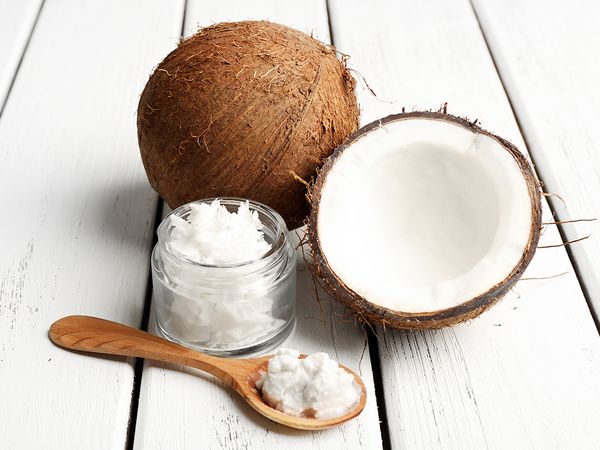
Coconut Oil (from Flesh)
Coconut Oil is a colourless but very fragrant oil extracted from the flesh of a coconut and has been enjoying growing popularity in the past few years as vegans use it in place of butter and animal-fat based oils. Coconut oil has a naturally sweet flavour, making it perfect for baking and also sautéing over a low to medium fire. However, because of its low smoking point - 177 degrees Celsius - and the fact that it is high in saturated fat, it should be consumed in moderation.
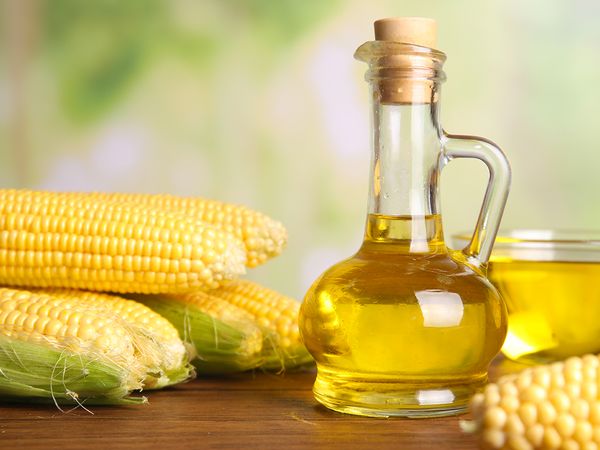
Corn Oil (from Kernel)
Corn oil is one of the most common oils used both in domestic and industrial cooking. High in Omega 6 fatty acids, phytosterols, and vitamin E, it is ideal for deep frying and making margarine, but should not be used in salad dressings. Its neutral flavour makes it a good replacement for butter in baking. However, corn oil is also high in saturated fats and low in good fats, so most consider it to be one of the unhealthiest oils.
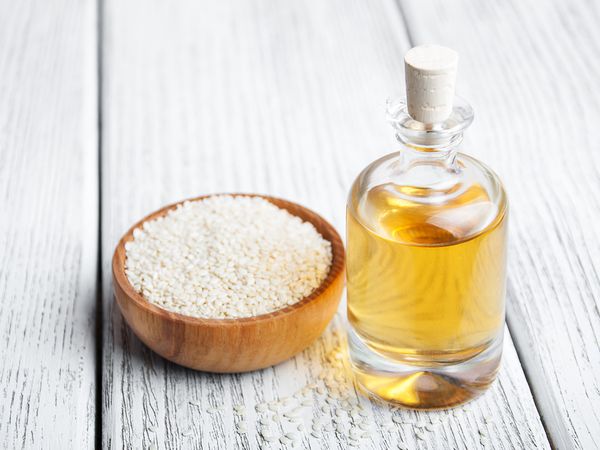
Sesame Oil (from Seeds)
Sesame seeds have the strongest and toastiest aroma out of all the oils listed here and come in two forms, light and dark. Light sesame oil is suitable for deep frying (but only if you want your food to also smell and taste of sesame) while dark sesame oil is better suited for dipping sauces or salad dressings. Baking sesame oil, however, often turns it rancid in taste, making it unsuitable for that purpose. It has a smoking point of about 232 degrees Celsius and is a polyunsaturated fat.
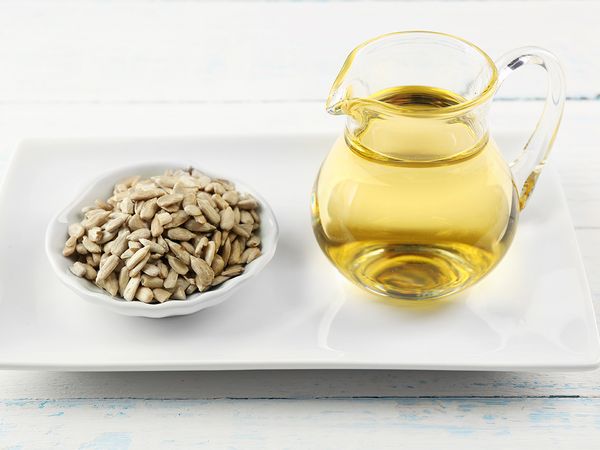
Sunflower Oil (from Seeds)
Light, odourless and almost tasteless, sunflower seed oil is used in salad dressings and can be used for frying with its high smoke point of around 225 degrees Celsius. It is high in vitamin E and low in saturated fat, and is great for baking as it will not overwhelm other spices and flavourings.
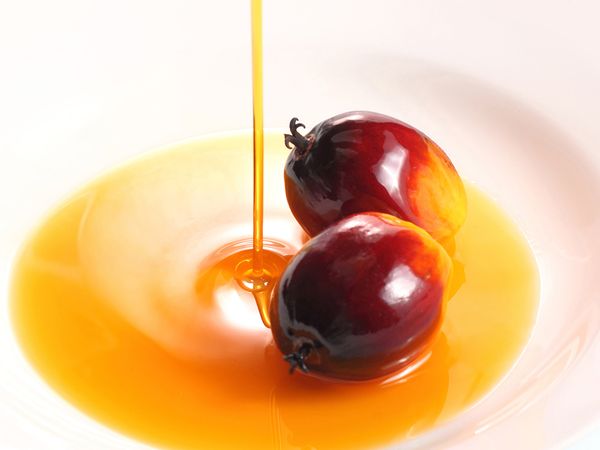
Palm Oil (from Kernel)
Palm oil has a mild, savoury taste and is used to mass-manufacture most biscuits, cakes, pastries and chocolates. It is high in beta-kerosene, giving the oil its yellowish orange colour. Although palm oil has a high smoking point of 230 degrees Celsius and is usually used in cooking, baking and flavouring food, nutritionists consider it as a 'saturated', or unhealthy fat that should be consumed with moderation.
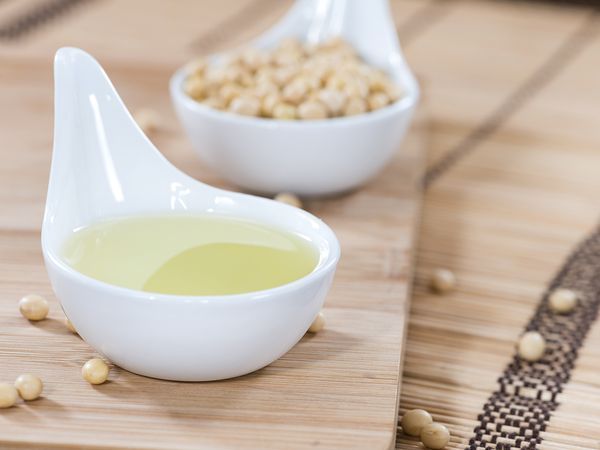
Soybean Oil (from Soybeans)
Soybean Oil has fallen in popularity in recent times- since it was discovered that its production process where hydrogen gas is used to treat soybean oil caused the creation of trans fats. It has a strong flavour and aroma, and is typically used for processed foods such as margarine and commercially baked goods. It should be consumed in limited amounts.
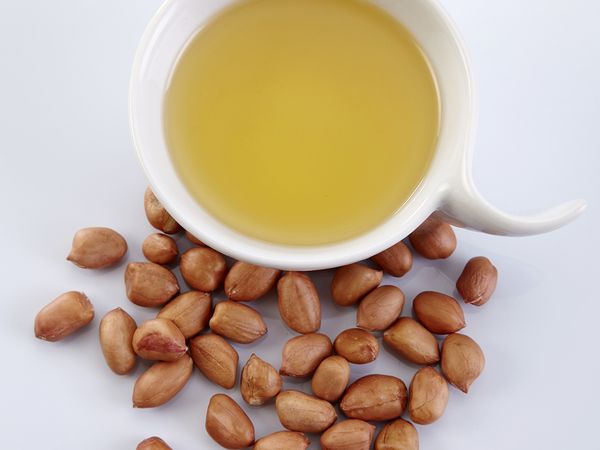
Peanut Oil (from Crushed Peanuts)
Peanut Oil is often the top choice for deep frying because of the light, nutty and fragrant aroma it imparts to the food that is cooked in it. It is versatile enough to be used for frying, deep frying, salad dressings or anything that requires a light, neutral flavour. It is a monounsaturated fat and has a smoking point of 232 degrees Celsius.
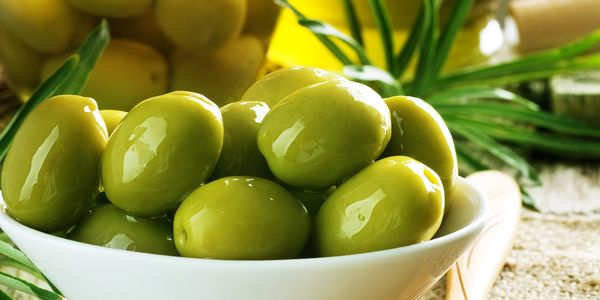
Olive Oil (from Fruit)
Extra Virgin Olive Oil is an unrefined oil and considered the highest quality olive oil you can buy. It has a deep green colour and is often complex in taste - fruity, bitter and slightly peppery. It retains its true olive taste and contains more of the natural vitamins and minerals found in olives. However, it has a lower smoke point than many other oils at 160 degrees Celsius. Save this delicious, healthy oil for dipping fresh bread, for use in salad dressings, dips and cold dishes.
Light Olive Oil on the other hand is olive oil that has been refined. It has a neutral taste and higher smoke point of 210 degrees Celsius but is less nutritionally rich. This oil can be used for sautéing, but not deep frying as it also has a low smoke point.
Just remember, while taste is important, it is even more imperative that you are careful with what food - and oils - you put into your food. Eat them in moderation and you can't go wrong!
